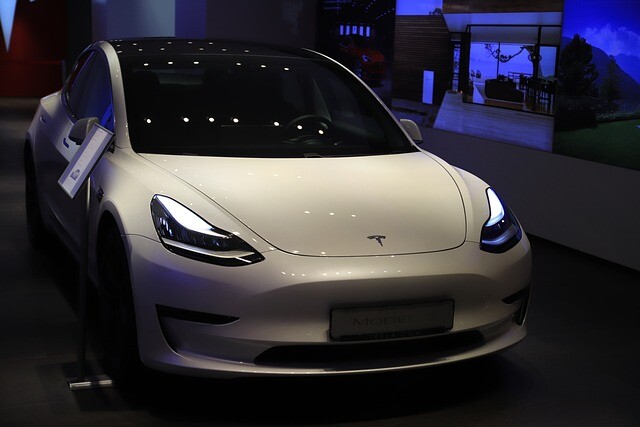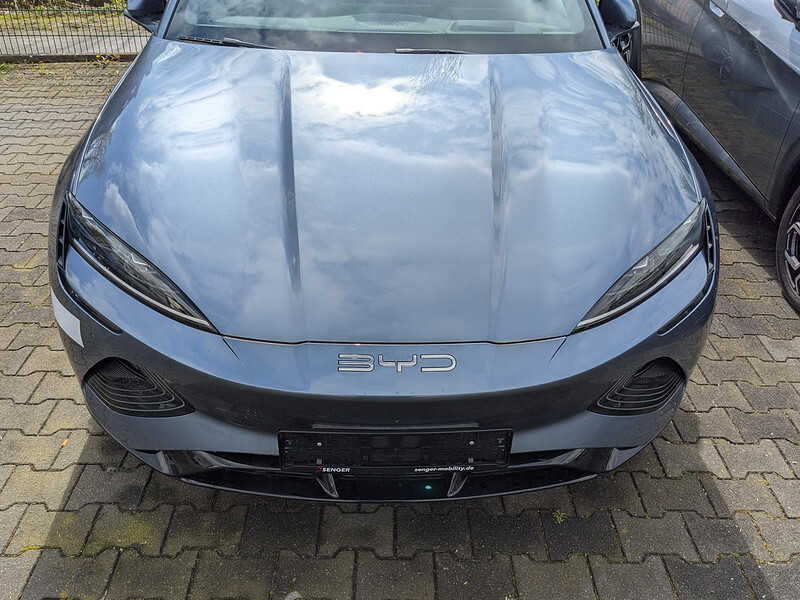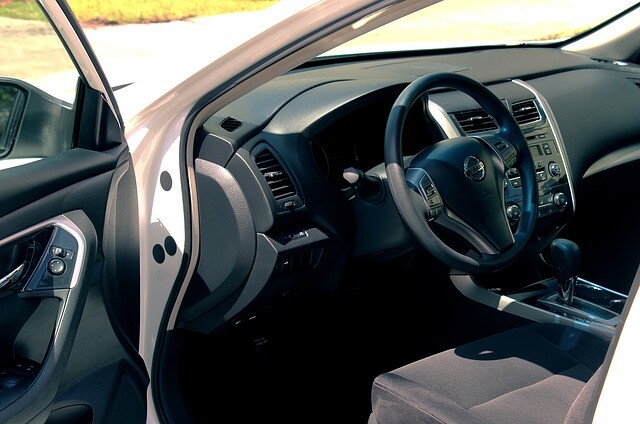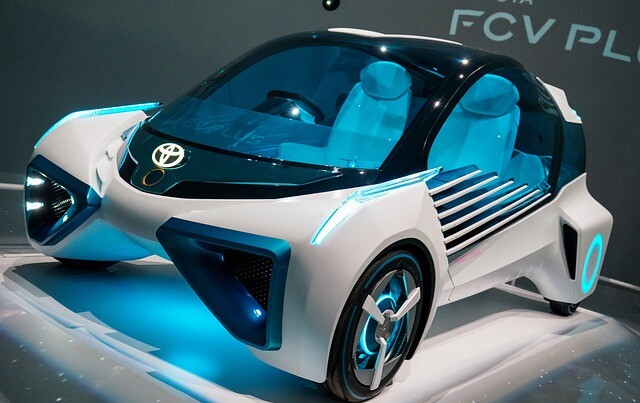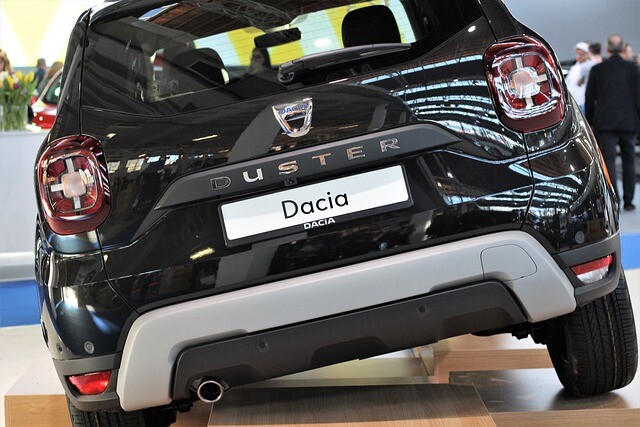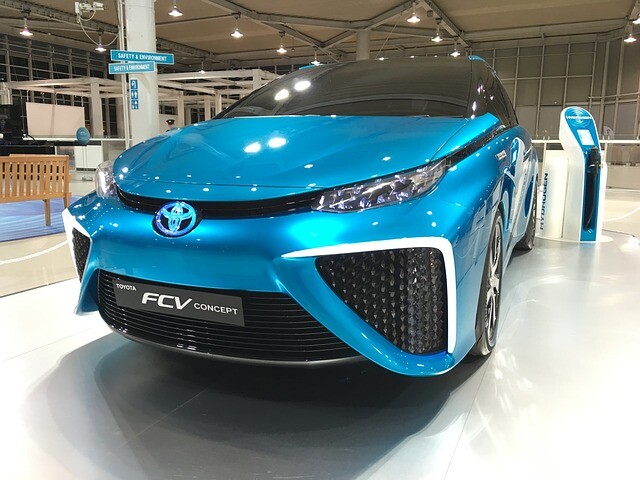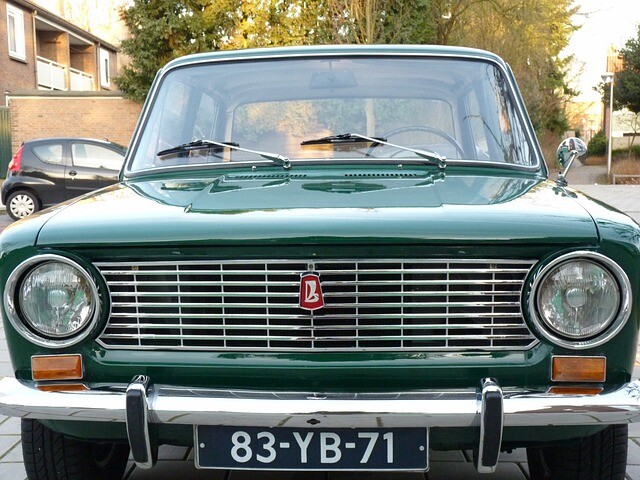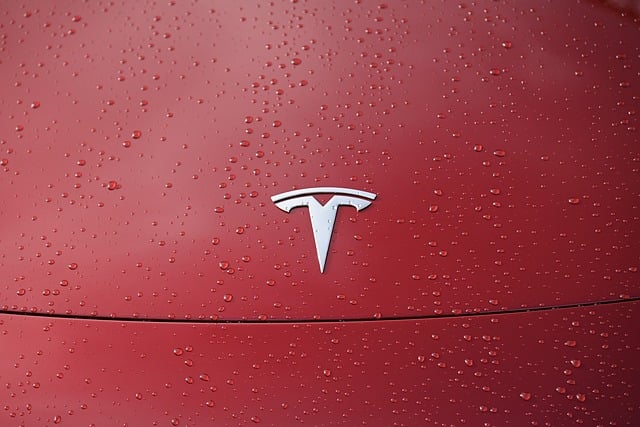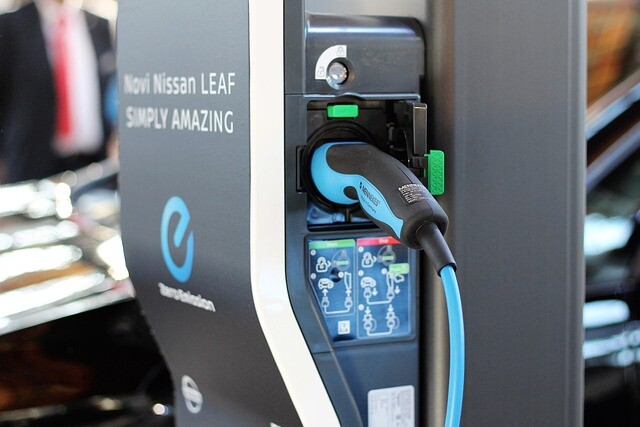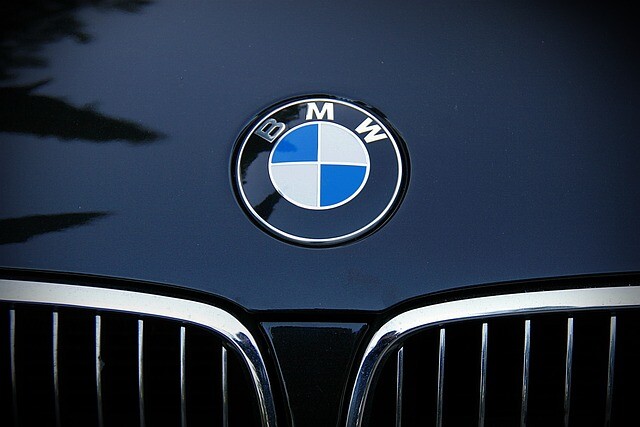Audi PB18 e-tron
Center-sliding driver seat, electric drive, LMP1 technological roots: a new study has been introduced by Audi.

Electric power stored in a solid state battery drives Audi's latest study, the PB18 e-tron couplet, which is not a robot, but man, provided it's pretty clever: the car is specifically intended for use in the field.
Therefore, there is no trace of autonomous mobility in the car, though its steering and injector is controlled purely electronically, as all its systems operate by-wire, ie without physical contact. The simple reason is that there is a separate compartment inside the chassis that includes the complete operator interface and the driver's seat, and this cabin can be pulled motorically into the car's longitudinal axis, thus facilitating trajectory. In use, a passenger seat is also available for use with a standard three-point belt.
Due to the two-passenger cabin and the 453 centis carousel length (200 cm width, 115 cm height, 270 cm wheelbase), the car features a prestigious luggage compartment, and a 470 liter single-wheeler would be honored. The availability of the cargo is of course not always ideal: both the diffuser and the rear roof can be moved, thus increasing the traction force.
The 1550-pound design of the 22-inch wheel was driven by a 150 kW front, two rear 350 kW of power at 300 km / h, but less than 500 kW, for a short time of 570 kW (775 hp) can be lifted. Total acceleration of 830 Nm, acceleration from carbon fiber brakes. The car reaches 100 km / h in just over 2 seconds.
With a battery of 95 kWh, the theoretical range reaches 500 kilometers, provided that the driver electronically limits the speed - this is the reason for reasonable road use. Batteries can be induced with 800 volts; the total upload time is 15 minutes.
(Source: vezess.hu / photo: CarMagazine, vezess.hu)

